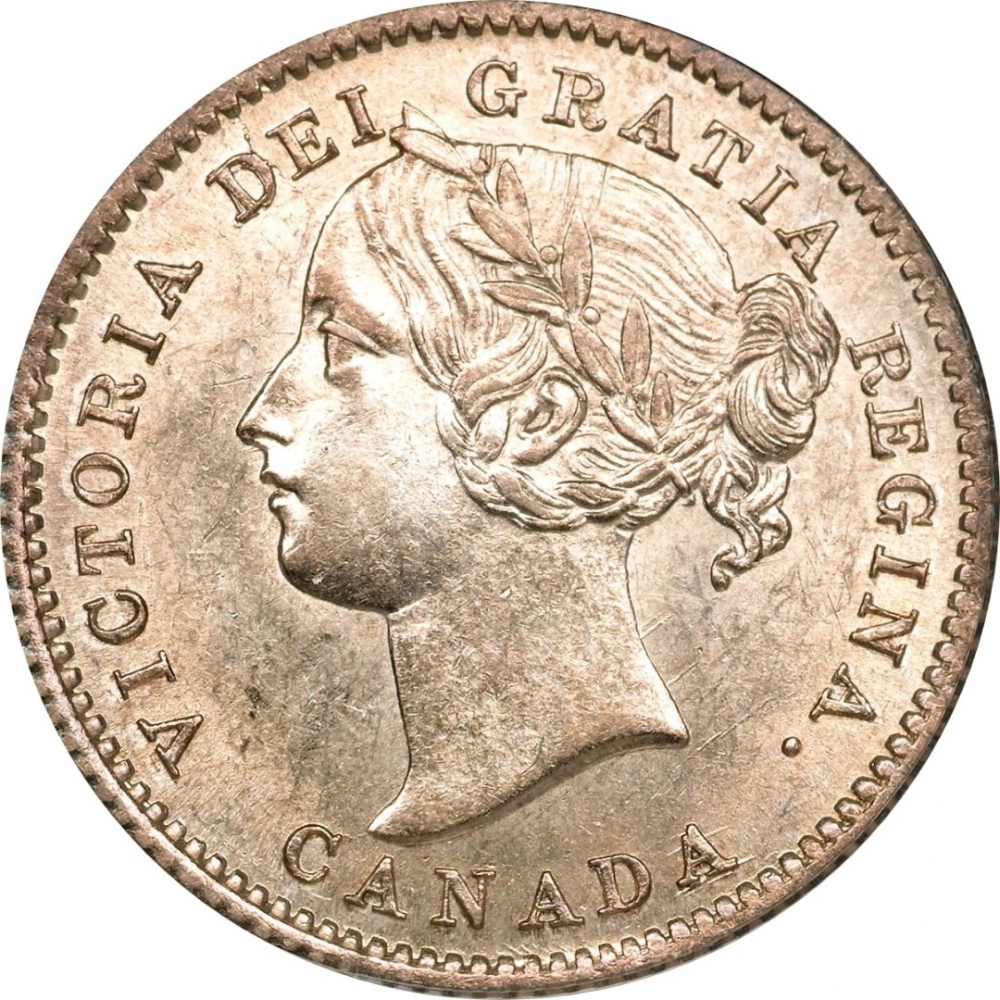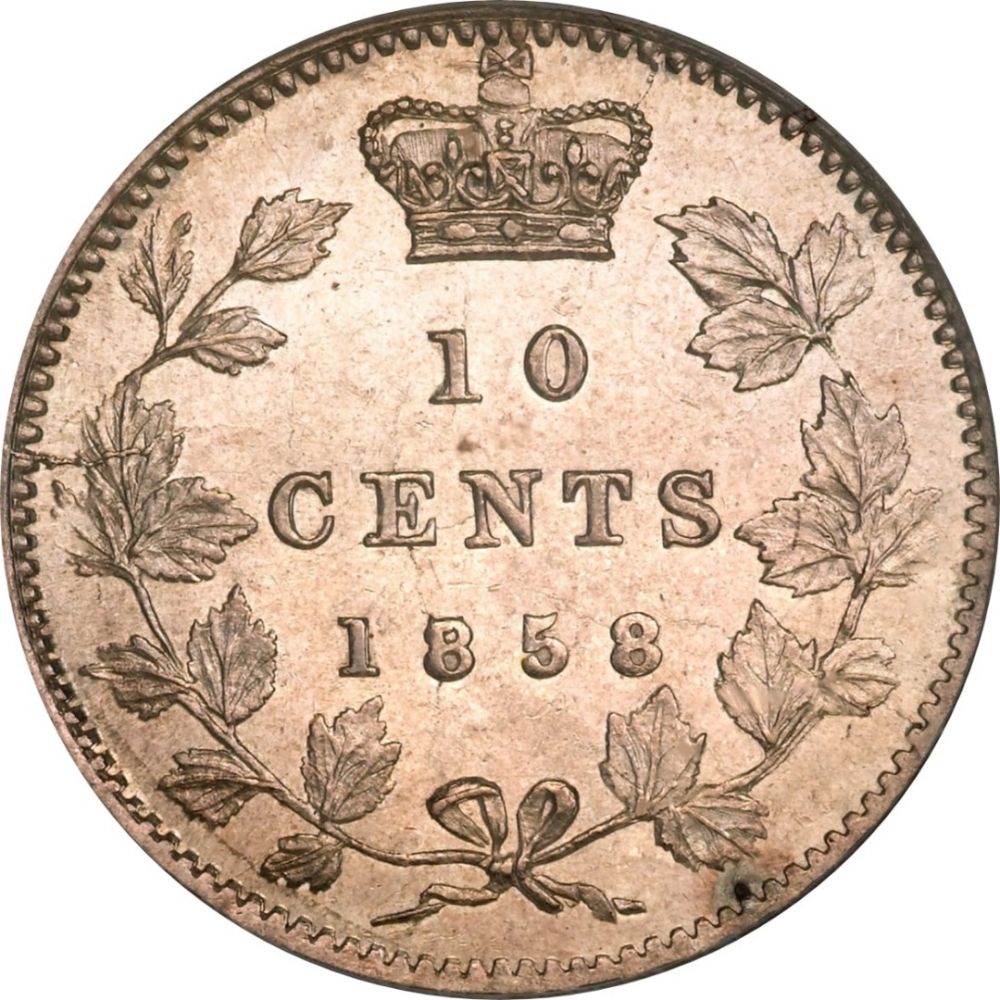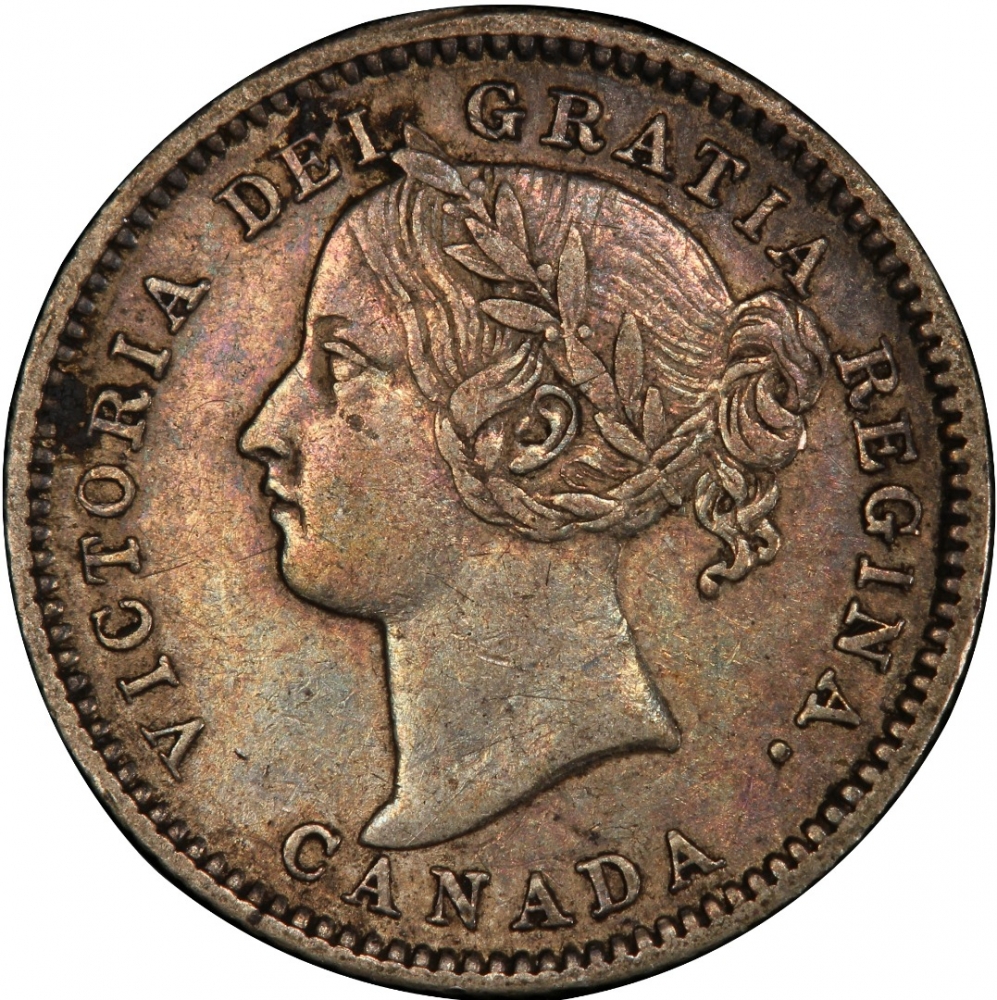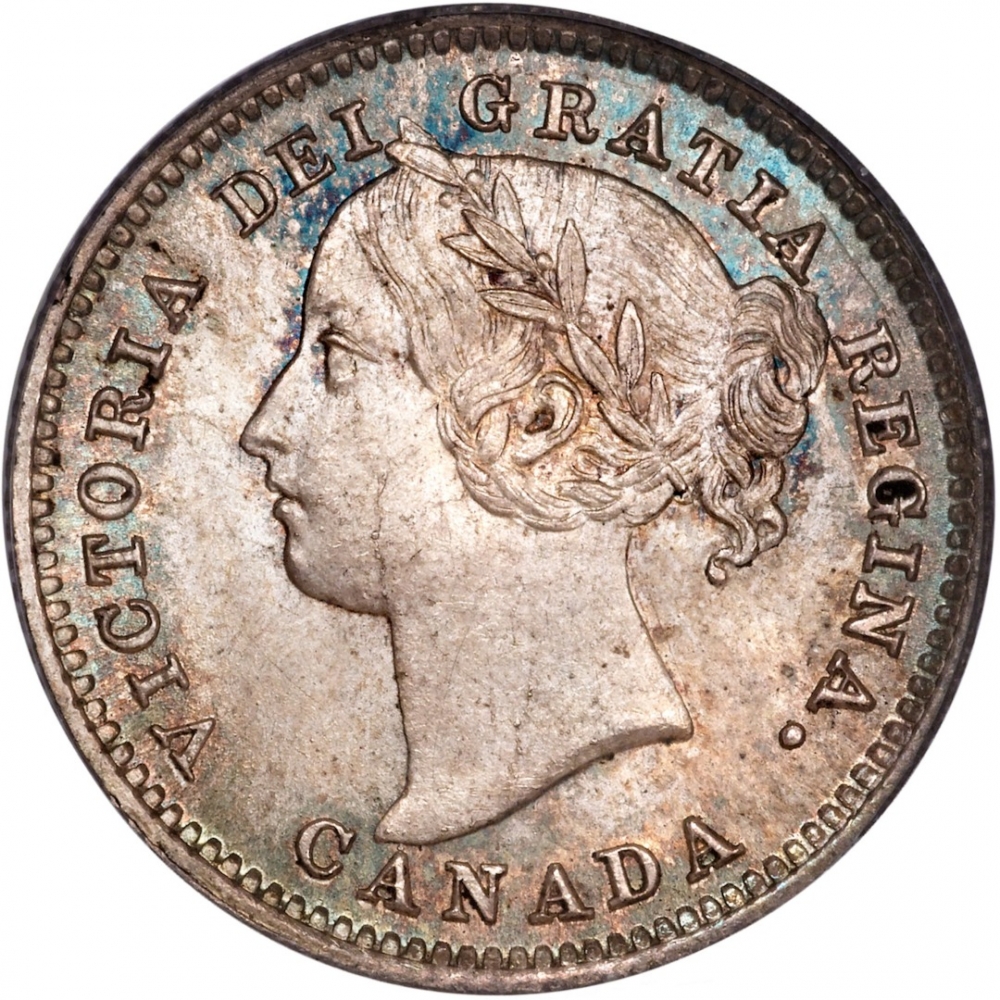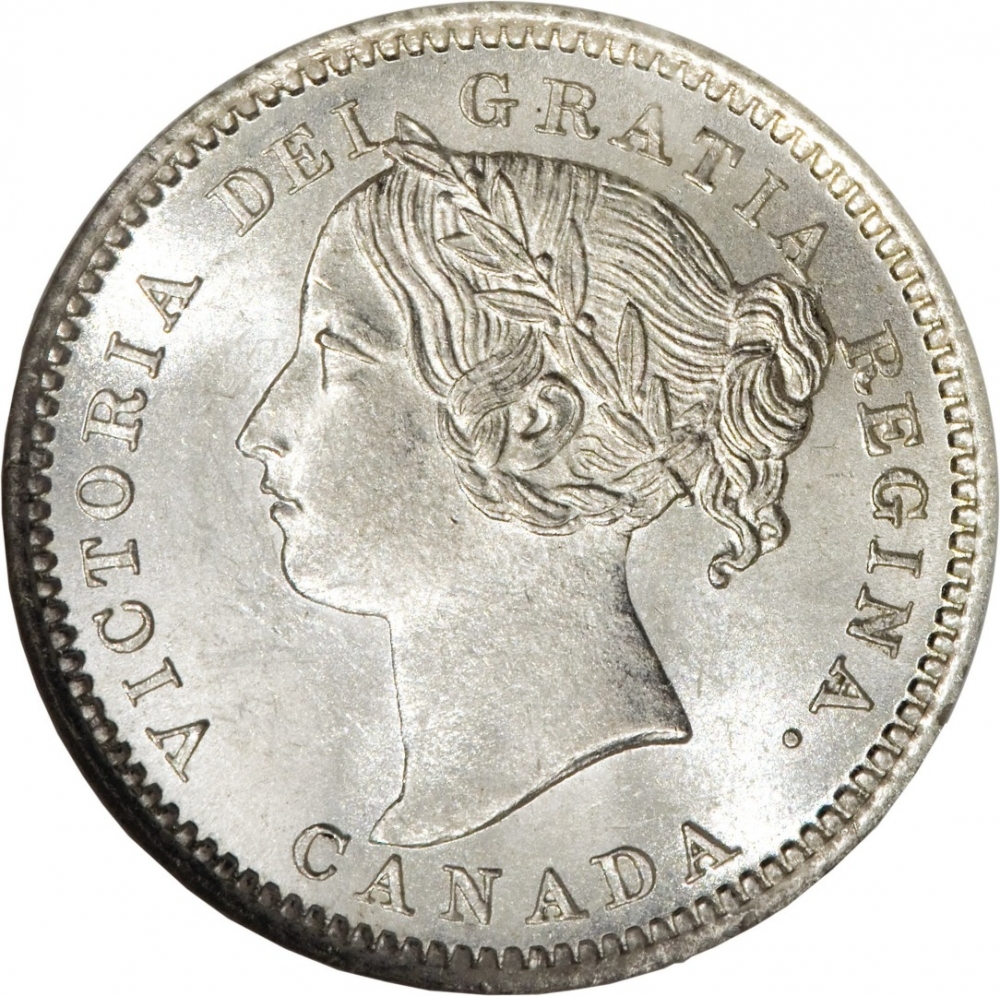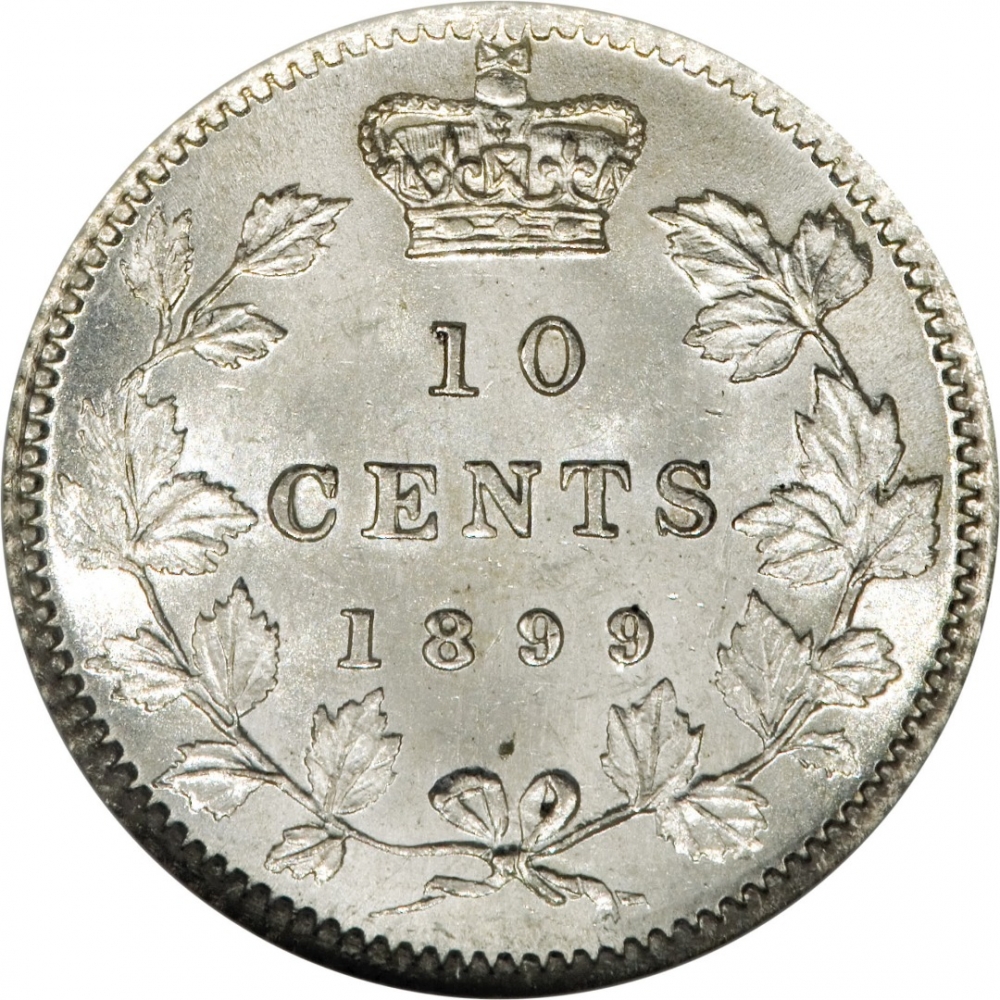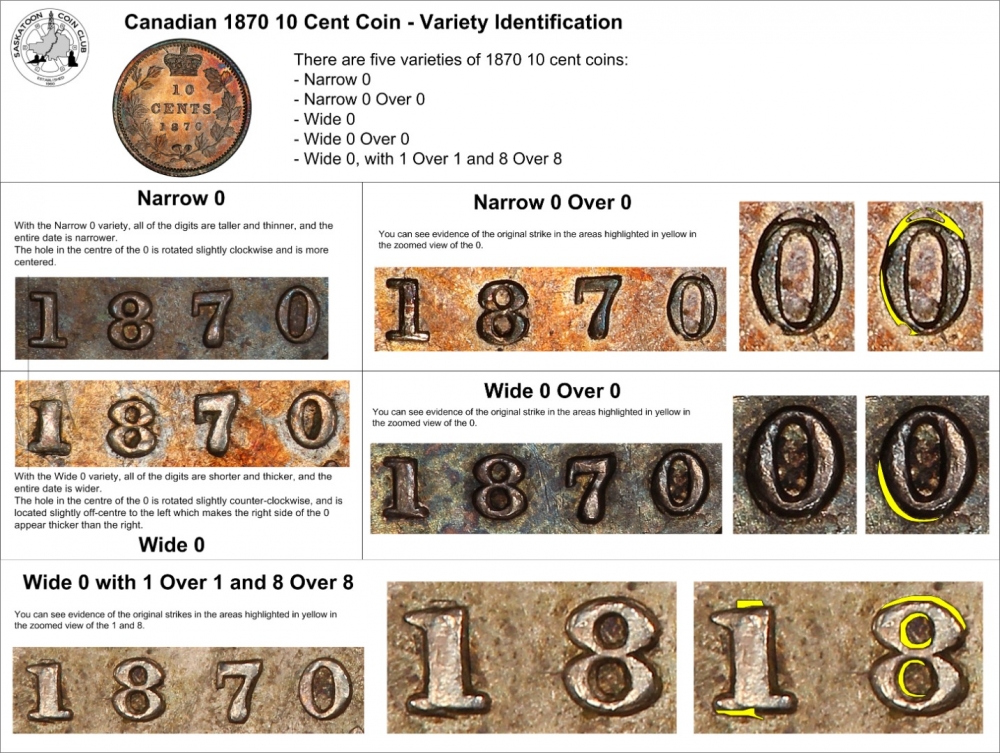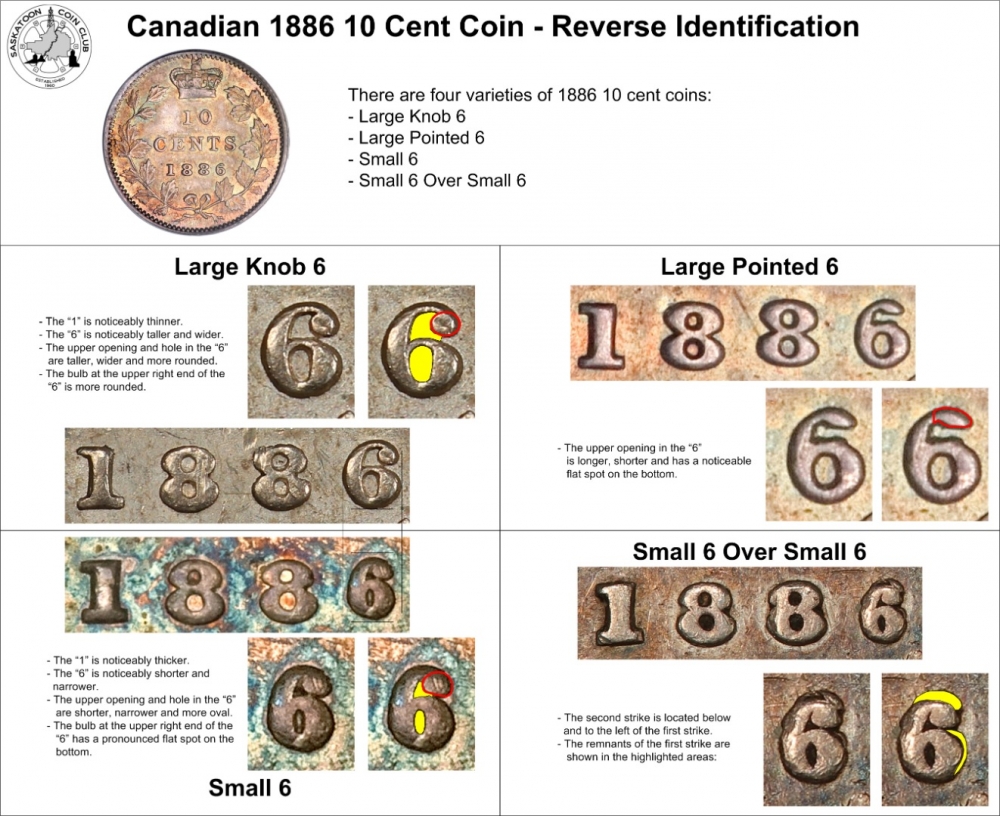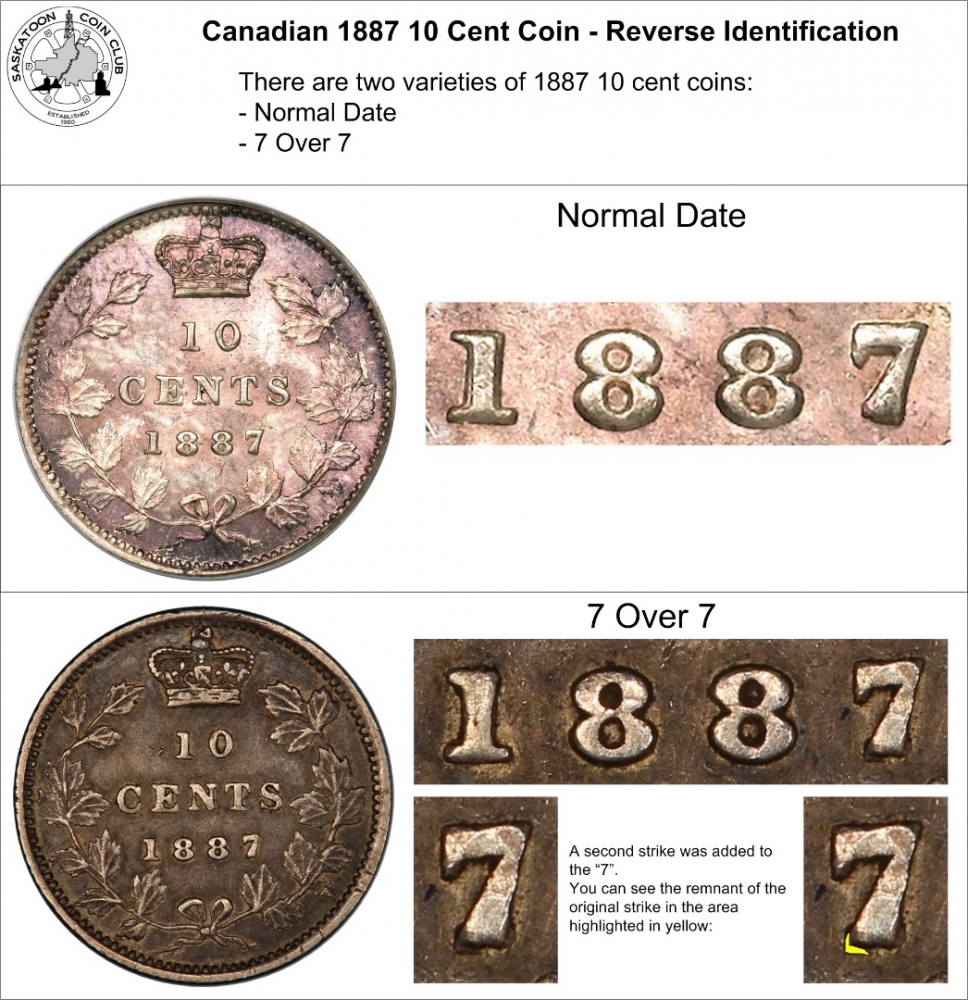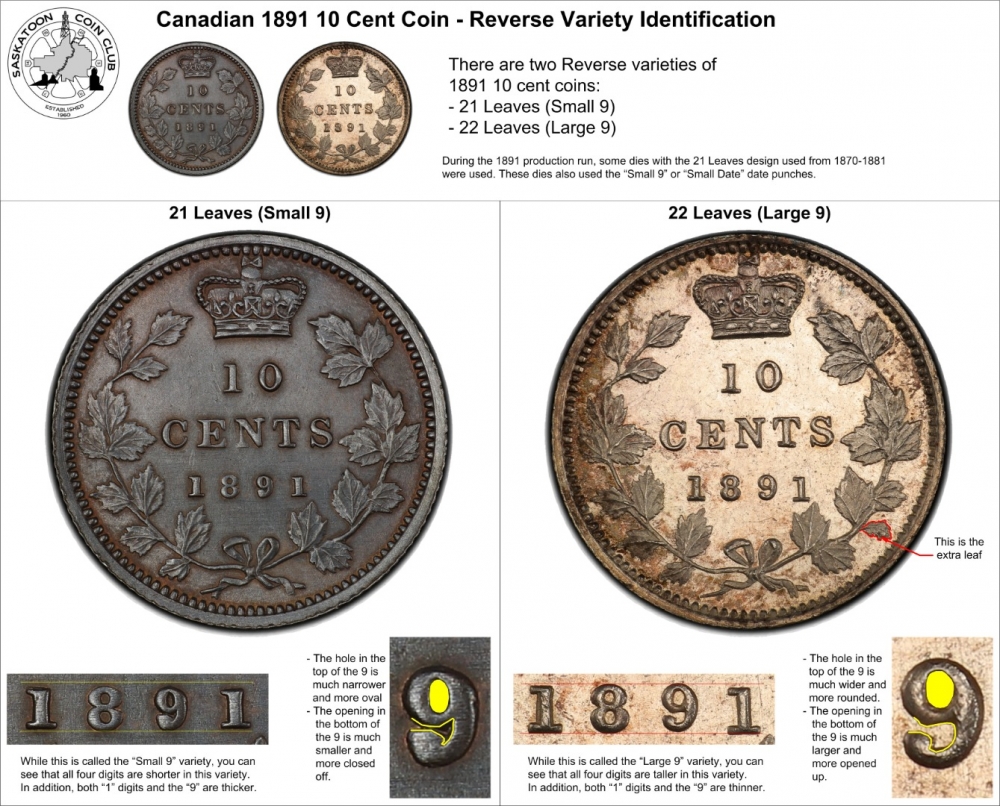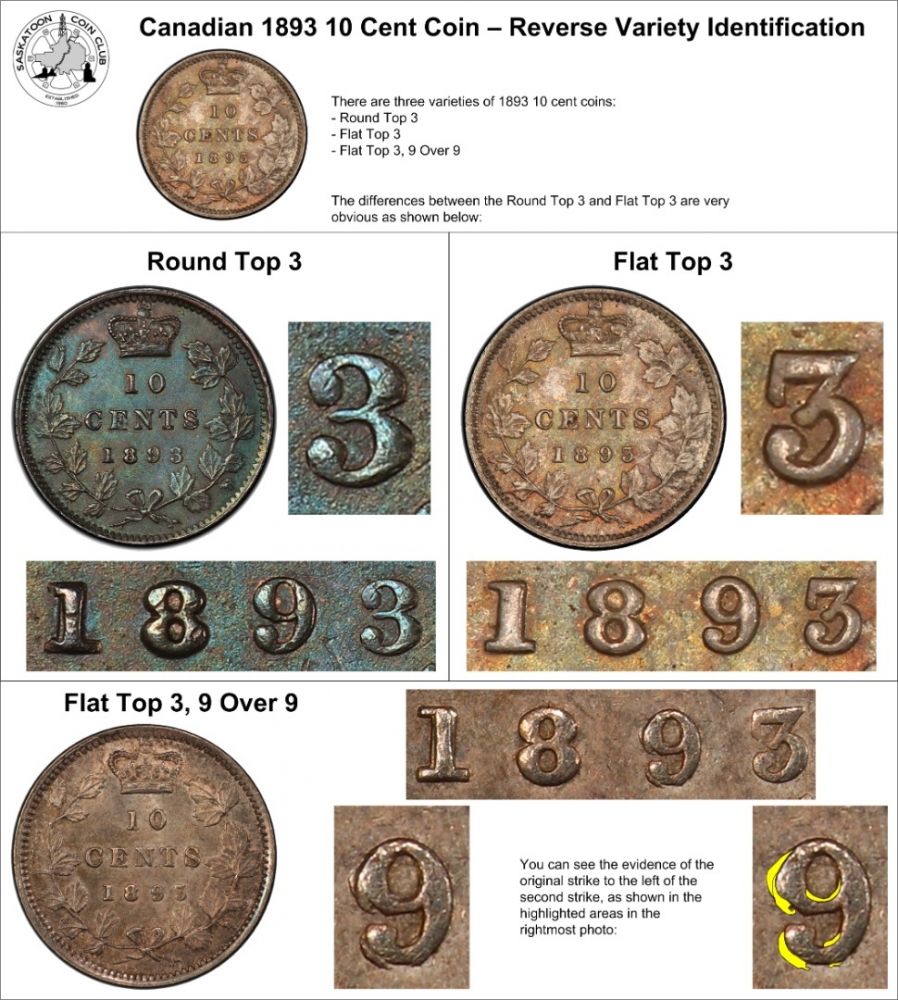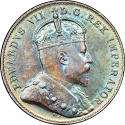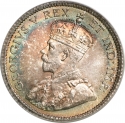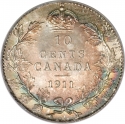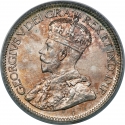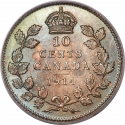You are about to finish your registration. Please check your mailbox (including spam folder). There should be a letter with a confirmation link. Check setting to make sure that your e-mail address is correct.
Send letter againDescription
Victoria (1819–1901) was Queen of the United Kingdom of Great Britain and Ireland from 20 June 1837 until her death. From 1 May 1876, she adopted the additional title of Empress of India. She inherited the throne at the age of 18, after her father's three elder brothers had all died, leaving no surviving legitimate children. Victoria married her first cousin, Prince Albert of Saxe-Coburg and Gotha, in 1840. Their nine children married into royal and noble families across the continent, tying them together and earning her the sobriquet "the grandmother of Europe". Her reign of 63 years and seven months is known as the Victorian era and was longer than that of any of her predecessors. It was a period of industrial, cultural, political, scientific, and military change within the United Kingdom, and was marked by a great expansion of the British Empire.
There are six different obverse varieties found on 10 cent coins between 1858 and 1901. Views of two key areas of the obverse for each variety are Eye and Hair Detail or Ear Detail.
The two crossed maple boughs appear on all 10 cent coins reverse but there were two different die varieties: 21 maple leaves from 1858 to 1881 or maple leaves from l882 through to 1901.
Engraver: Leonard Charles Wyon
Obverse

|
Depicts the portrait in the left profile of Victoria, surrounded by the inscription VICTORIA DEI GRATIA REGINA (Victoria, Queen by the grace of God) and the country name below. VICTORIA DEI GRATIA REGINA. |
|---|---|
Reverse

|
The facial value is surrounded by two maple boughs and the crown of Queen Victoria. Mint mark (if any) below. 10 |
| Edge |
